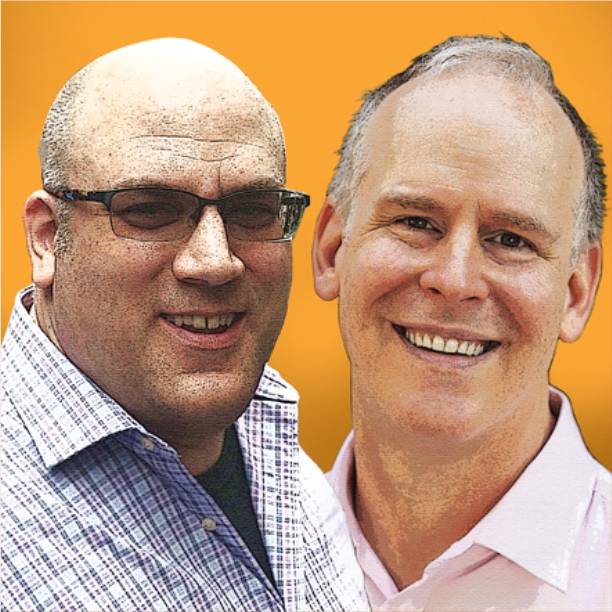
Busting the following myths-
Myth 1: Leaders must always be strong and unemotional.
Myth 2: Decision-making is solely a rational process.
Myth 3: Hierarchical structures are the best for organisational success.
Myth 4: High stress yields high performance.
Myth 5: Leaders should have all the answers.
Log In or become an AIMA member to read more articles
